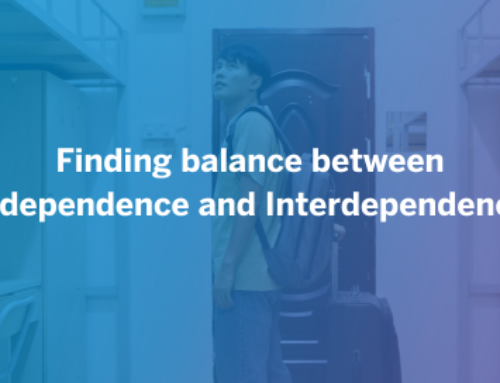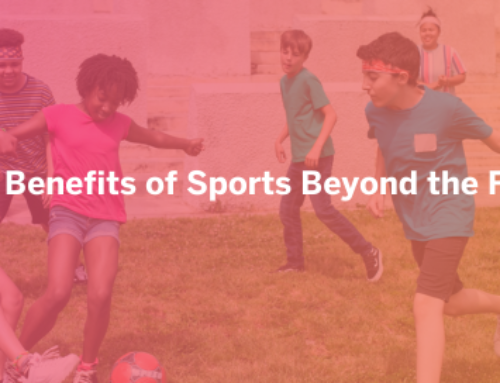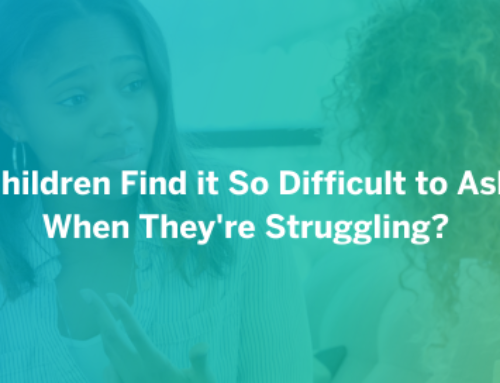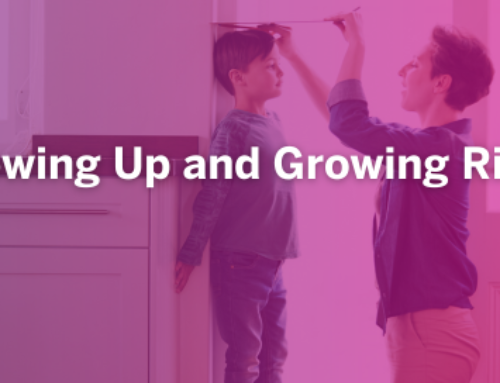
We know today that addiction is a life-threatening disease. We also know that successful disease prevention requires extensive research. We can’t prevent mental illness or covid-19 on a hunch and a prayer. When it comes to substance abuse prevention, we may have learned this the hard way. The first prevention program in America was built on the idea that we can build resilience in students towards substance abuse by showing children that drugs are dangerous and frightening and encouraging them to just say no. This seems reasonable enough. However, when research became a part of the prevention effort, this method was found to be entirely ineffective. A number of reasons for this failure have been suggested: 1. When you directly tell adolescents not to do something, what usually happens? 2. The program was not interactive – analysis of this program revealed that its efficacy paled in comparison to pilot programs which sought to discuss research and outcome with students rather than directly warn them about their decisions. 3. The presented threats of substance abuse were disconnected from the students’ lives, as they were discussing refusal behaviors with police officers rather than with relatable individuals and peers.
At LSIS, we understand the desire to tell students to ‘just say NO.’ On a daily basis, we are flooded with terrifying statistics and stories about substance abuse. As someone in recovery, I know scores of individuals who decided to say yes to just smoking once or twice and are now dead. I know even more people who are yet to find treatment and who are miserable and moving backwards fast through their 20s. In conducting research for our presentations, I have found myriad studies that I would love to loudly declare to the students I speak to: ‘Early exposure to cannabis is correlated with long-term deficits in IQ, memory, learning and impulse control’; or ‘chronic users of e-cigarettes may experience a risk of vascular disease similar to that of chronic smokers.’ Knowing these findings, I want nothing more than to just tell the kids that drugs are horrific and terrifying. They change your brain permanently. Just. Say. NO. This desire increases tenfold when teachers ask questions like ‘can vaping or smoking be a gateway to worse things?’ or when I see students answering our surveys by saying that vaping incurs “little to no risk” to the individual. However, I have been taught and trained to stick to what we know, not just what I
feel is right. What we know is that talking down to students and telling them what is right and what isn’t simply doesn’t work.
We know now that our best chance to increase resilience to substance abuse is to help students know. Research shows that prevention success is highly correlated with a student’s knowledge of personal risk. Analysis of hundreds of prevention programs nationwide has consistently revealed that dissemination of risk awareness occurs most effectively through interactive peer discussion. We must not speak down to students. Informed by this research, the bulk of my presentation focuses not on the horrifying outcomes that are shown through both research and my friends’ lives (though this is discussed) but instead on the way that I felt in high school. What did it feel like to hide things from those who loved me? What did it feel like to say yes to things that I knew were deeply harmful to me? What did each step in the path towards dependence and addiction look and feel like? Research on interactive prevention shows that comprehension of risk is best achieved when the students can relate it to their own experiences. Knowledge of relatable risk factors for youth goes a lot further than fear. If students are to avoid addiction, they first need to know what it looks like. It doesn’t always look like the bottom line, the prison sentence, or the overdose; it is an internal, painful, and lonely process.
Through a series of interactive presentations and a discussion with a person in recovery, we teach students the ins and outs of addiction, coping mechanisms, and mental health. Informed by research that reveals increased efficacy for programs that teach age-appropriate social skills and mental health, we seek not to startle children or tell them what to do but instead to empower them to better understand their emotions, their mental health, their social well-being and the risks the drugs pose to these factors. Our goal is to make sure that when students are faced with the question of whether or not to try drugs, they will have sufficient knowledge to say no with confidence.
Scientists have delved deeper into the factors that provide resilience, and the LSIS program has become more extensive in response. For example, research has shown that prevention programs that offer training to teachers and families have greater success at increasing knowledge and resistance. The LSIS program offers family boxes with research-based suggestions and guidance for parents to begin the conversation with their children about substance abuse. We additionally offer mental health and substance abuse presentations directly to parents in order to help them understand the signs of substance abuse and the effective resources at their service. We offer training for counselors and educators through a master class that helps counselors begin to understand early signs of addiction and the factors that help students form a resilience to substance abuse.
Thankfully, research is continuing to be published in a never-ending stream. Our effort to prevent substance abuse is strengthened and doubled by scientific research around the world. We are always learning more. At LSIS, we understand that we have a responsibility to constantly update our resources in order to best help the students we speak with. Prevention requires that students know the risks of their actions and have the awareness to identify their own emotions and social situations. Through our consistent efforts, we’re doing all we can to help students know.
By: Danny Z
Danny is a in house LSIS Prevention Speaker.








Leave A Comment